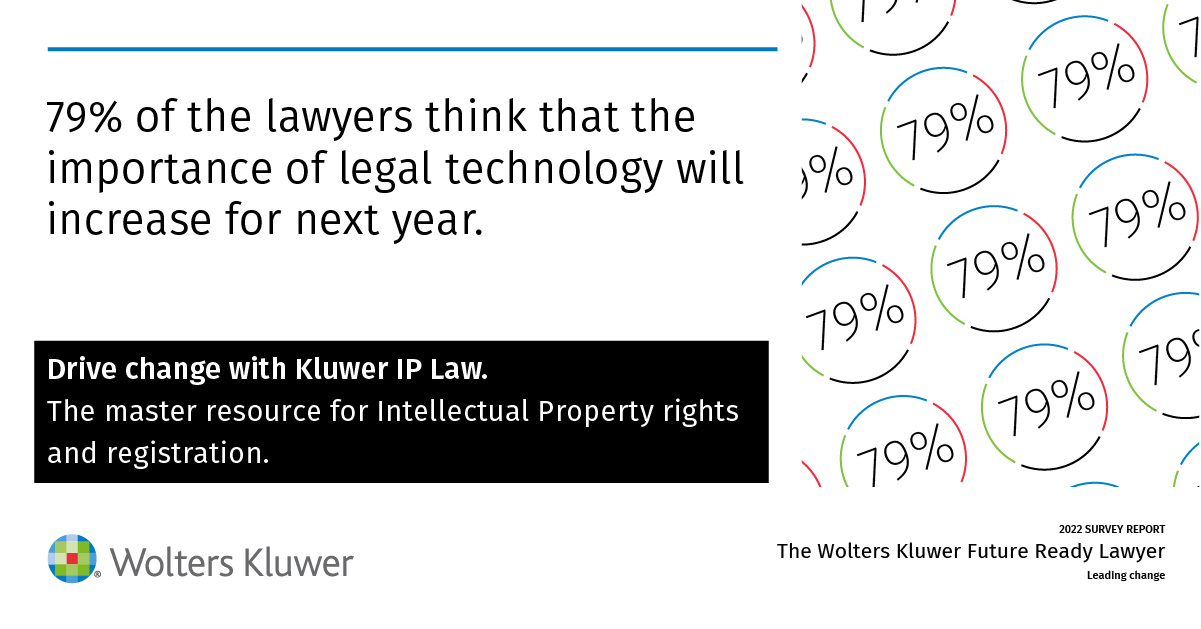
Our daily life is studded with hints unveiling how the Internet is becoming a society within our society. From the terms and conditions we subscribe to in order to use it, to consolidated practices in the online world, the Internet mostly functions according to its own rules, which either abide by or clash with legal norms, and at times emulate them. The coexistence of these two normative orders – the legal and the technological – is a long-standing, ever-enchanting, and still highly useful research topic. However, studies on the Internet’s normativity – i.e. the capacity of the online world to self-regulate – tend to culminate in a static picture of legal pluralism (not without masterful exceptions): there is legislation on one side, and the Internet sitting on the other side of the room.
In my latest book chapter entitled “From harmonization to interlegality: the protection of the end-user in EU copyright law”[1], I explore how the Internet and the law not only coexist, but are increasingly intertwined, reflecting the dynamic reality of digital copyright markets. Intrigued by its ongoing lively reform season, I focus on EU copyright law and, in particular, on its core normative trade-off between incentive and access.
The question of the limits of copyright protection has never been an easy one. Yet, the modernization of the discipline in the EU is distinctively characterized by a growing focus on the aim to promote access to cultural content (explicit, among others, in the DSM Directive, see here, here, here, here, here) and, hence, on end-users. Inevitably, this development needs to be contextualized in today’s world, thus confronted with the hulking presence of the Internet and its operating norms.
These premises prompt the question of how the evolution of EU copyright law is grappling with the online access and consumption of protected works. In other words: how is the EU legislator protecting the digital end-user?
The study unearths how inter-legality provides a promising theoretical framework to answer this question. Tackling the interconnection of concurrent normative orders that are mutually constrained in the pursuit of their objectives, the idea of inter-legality effectively describes how EU copyright law is aware of the interference of the Internet’s norms and of resulting frictions, which cannot effectively be solved by rules of conflict of laws. In this regard, it is surprising to note how the EU legislator is straightforward in making the digital dimension the protagonist of the ongoing modernization process, yet hesitates to define the meaning of fair balance of rights and interests online. This exacerbates the inter-legal nature of EU copyright rules: by operating a “normative carve-out”, the EU legislator does not completely outsource the decision over the limits of exclusive rights online, but rather makes it composite. International law, EU principles, human and fundamental rights regimes, national Parliaments and Courts, and even the Internet itself play a fundamental role in the qualification of a “digital fair balance”.
If the EU legislator is timidly taking steps in this direction, the CJEU is the real engine of the idea of a composite legal framework, which embraces the Internet not only as a concurrent regime, but as an integral part of the digital copyright legal framework. In fact, one of the distinctive features of its case law over the last two decades is a growing focus on the effectiveness of EU copyright provisions, and, in particular, of copyright exceptions and limitations (E&Ls) (see e.g. FAPL, Deckmyn, Painer, Ulmer, VOB, Pelham, Funke Medien, Spiegel Online). This translates into a twofold emphasis: on the one hand, the CJEU highlights the need for regulatory homogeneity across national copyright legal systems to achieve consistent and effective protection of end-users’ (as well as right holders’) interests; on the other hand, it stresses the required technological viability of E&Ls in the online environment.
Accounting for international, national, and technological normative orders, the CJEU unveils the aim to safeguard the proper functioning of the Internet in numerous decisions. Its reasoning in Spiegel Online proves particularly insightful and of outstanding systematic value. Consulted upon the interpretation of Art.5(3)(c) and (d) InfoSoc Directive and analyzing whether the non-authorized online publication of the full version of a politician’s essay can fall within the scope of the informatory purpose and/or citation exceptions, the CJEU touches upon four different normative rationalities:
- national law, as said exceptions are not subject to full harmonization;
- EU law, its objectives and effectiveness, for its unity, primacy and fundamental rights regime shall be preserved;
- the European Convention of Human Rights, which requires qualifying the information at stake based on its importance for the public and political debate; and
- the Internet, in particular its structural necessity to make available and circulate information rapidly to its users.
As a result, what the CJEU instructs national judges to do is to strike an “inter-legal” fair balance between copyright protection and freedom of the press, capable of calibrating the interests at stake with contextual awareness and regulatory effectiveness in the digital realm.
The CJEU’s teleological and pragmatic take in this specific case is emblematic of the shift from the “analogue” to the “digital” copyright legal framework and, more specifically, from the offline to the online end-user. It casts some light on two core observations, which remain mostly unspoken in the relevant literature.
First, besides focusing on the effects of a flexible interpretation of E&Ls, attention should be paid to its premises: the fact that the Internet is indispensable to the present and future of copyright law, and the subsequent need for a consistent legal response to the needs and interests of digital end-users, within the extent of the room carved out for their protection in the legislation.
Second, and strictly linked to the point above, copyright modernization requires copyright sustainability: online users overcome national boundaries, legal presumptions, and traditional ways of accessing and using content, whose “legality” is often hard to assess. In this specific regard, the theory of inter-legality shows a valuable potential in promoting an inclusive approach and bringing closer together legal and technological aspects that prove essential to the achievement of EU copyright’s objectives and, possibly, to the crafting of tomorrow’s EU digital copyright law as a whole.
[1] In Italian, forthcoming in Chiti/di Martino/Palombella (eds), L’età della interlegalità [The Age of Interlegality], Il Mulino.
_____________________________
To make sure you do not miss out on regular updates from the Kluwer Copyright Blog, please subscribe here.
Kluwer IP Law
The 2022 Future Ready Lawyer survey showed that 79% of lawyers think that the importance of legal technology will increase for next year. With Kluwer IP Law you can navigate the increasingly global practice of IP law with specialized, local and cross-border information and tools from every preferred location. Are you, as an IP professional, ready for the future?
Learn how Kluwer IP Law can support you.


